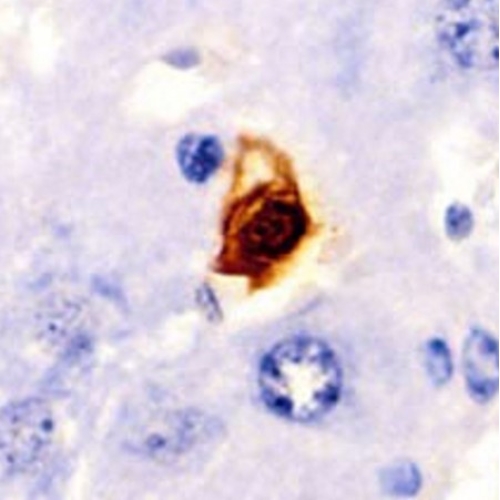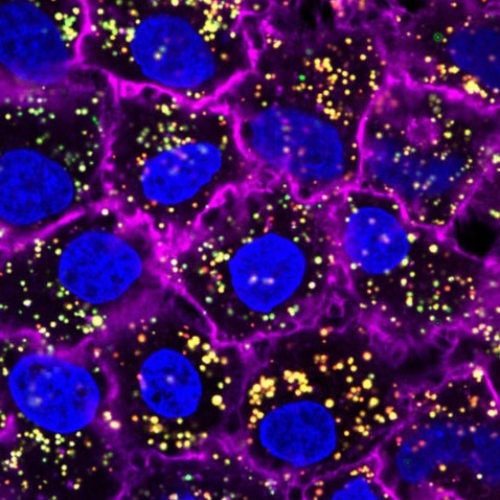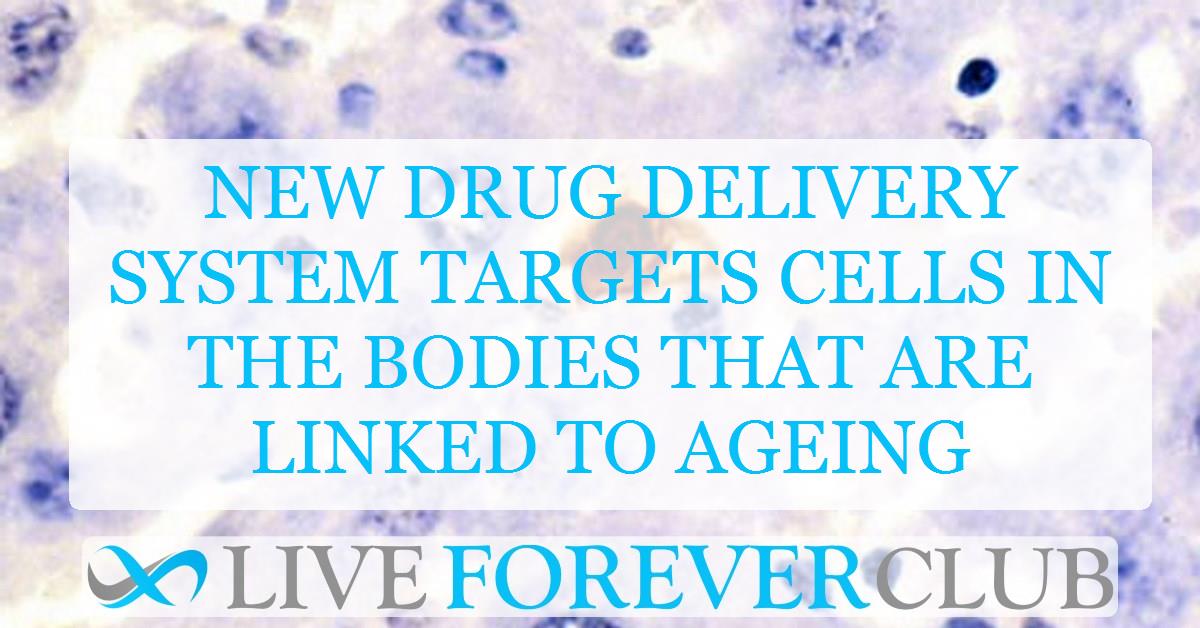With the world's population growing older, finding ways to manage the effects of ageing and related illnesses has become a top priority. Cellular senescence, a process where cells lose their ability to divide and start producing harmful substances, is a key factor in both ageing and the development of various diseases.
Senolytics are a type of drug designed to target and remove these harmful cells, but existing versions can also damage healthy cells. Researchers have recently developed a new technology called a "double-lock" nanoplatform, which aims to deliver senolytics more precisely, improving their effectiveness and safety. This new approach has the potential to revolutionize the treatment of age-related diseases and improve the quality of life for older individuals.
Cellular senescence
Cellular senescence is a natural process where cells lose their ability to divide and multiply. These senescent cells become like tiny factories that produce harmful substances, triggering inflammation throughout the body. Over time, this inflammation builds up and damages tissues, leading to a range of age-related diseases. This process has been linked to the development of several serious conditions, such as cancer, lung damage (pulmonary fibrosis), heart problems (cardiovascular disease), and even diseases affecting the brain and nervous system (neurodegenerative disorders).
Promise of Dasatinib and Quercetin (DQ)
Dasatinib and Quercetin (DQ), a pairing of a cancer drug and a plant compound, have shown promise in eliminating senescent cells. Dasatinib hinders a type of enzyme involved in cell growth, while quercetin is an antioxidant with various effects on cell function.
Together, they trigger a process called apoptosis, effectively causing the senescent cells to self-destruct.
However, this combination isn't perfect. It lacks the ability to distinguish between harmful senescent cells and healthy cells, sometimes leading to unintended damage to the latter. This lack of precision has limited the wider use of DQ therapy due to concerns about potential side effects.
Double-Lock Nanoplatform
To tackle the issue of non-specificity, scientists have created a "double-lock" nanoplatform, a sophisticated drug delivery system. This system encapsulates the senolytic drugs within a protective shell composed of galactan, a type of sugar, and mesoporous polydopamine (MPDA), a material with tiny pores.
The first lock works by responding to high levels of a specific enzyme called β-galactosidase, which is abundant in senescent cells. This ensures the drug is released only when it encounters these targeted cells.
The second lock is activated by the acidic environment typically found within senescent cells, further guaranteeing that the drugs are not released in healthy cells. This double-lock mechanism significantly improves the precision of the treatment, reducing the risk of damage to healthy cells.
Enhanced photothermal conversion
Besides the double-lock mechanism, the nanoplatform includes Tempo, a substance that improves a process called photothermal conversion. This means that when exposed to a specific type of light called near-infrared (NIR) light, Tempo raises the temperature within the nanoplatform.
This increased temperature helps the senolytic drugs to be released and activated more effectively. By combining the double-lock mechanism with this temperature-triggered release, the nanoplatform ensures that the drugs are specifically targeted towards senescent cells and eliminates them with greater efficiency.
This dual approach makes the treatment more effective and reduces potential harm to healthy cells.
Efficacy and safety
Researchers put the double-lock nanoplatform to the test in live animal models to assess its real-world effectiveness. Mice with pulmonary fibrosis, a lung disease characterized by scarring and impaired function, were treated with the nanoplatform.
The results were encouraging, revealing a substantial decrease in the number of senescent cells within the lung tissue. This reduction in cellular burden translated to observable improvements in lung function and a decrease in fibrosis-related symptoms.
Additionally, the nanoplatform was tested in mice experiencing chemotherapy-induced senescence, a condition where cancer treatments inadvertently trigger premature cellular ageing. The treatment successfully targeted and eliminated these senescent cells, potentially mitigating the long-term side effects of chemotherapy.
Notably, the nanoplatform's precision was evident in both experiments, as it left healthy tissues unharmed. This selectivity is crucial in therapeutic applications, ensuring that only the harmful cells are targeted while minimizing potential side effects.
Implications for future therapies
The development of this selective and efficient nanoplatform opens new possibilities for treating age-related diseases. By precisely targeting senescent cells, this approach could minimize side effects and enhance therapeutic outcomes. Future research will focus on refining this technology and exploring its applications in various age-related conditions.
The double-lock nanoplatform represents a significant advancement in senolytic therapy. By improving selectivity and efficacy, this innovative approach offers hope for delaying ageing and alleviating age-related diseases. Continued research and development will pave the way for safer and more effective treatments, ultimately contributing to a healthier future for the ageing population.
The study was led by Liyun Shi from Zhejiang Shuren University and published in the journal Advanced Healthcare Materials.






